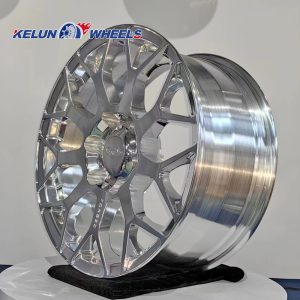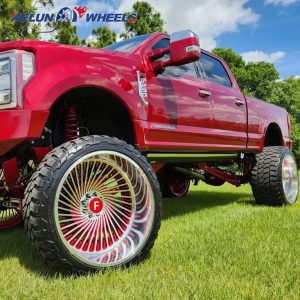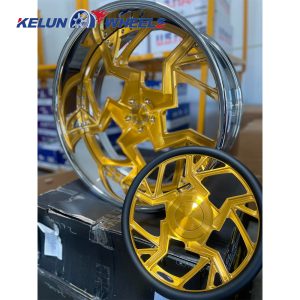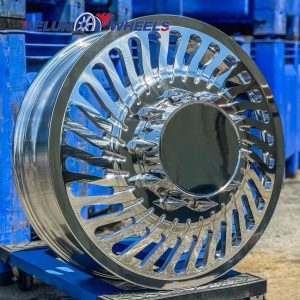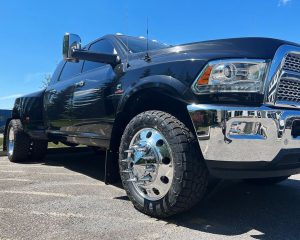-
whatsapp: +8616696837711
-
wheelim@kelunautoparts.com
-
营业时间 24H
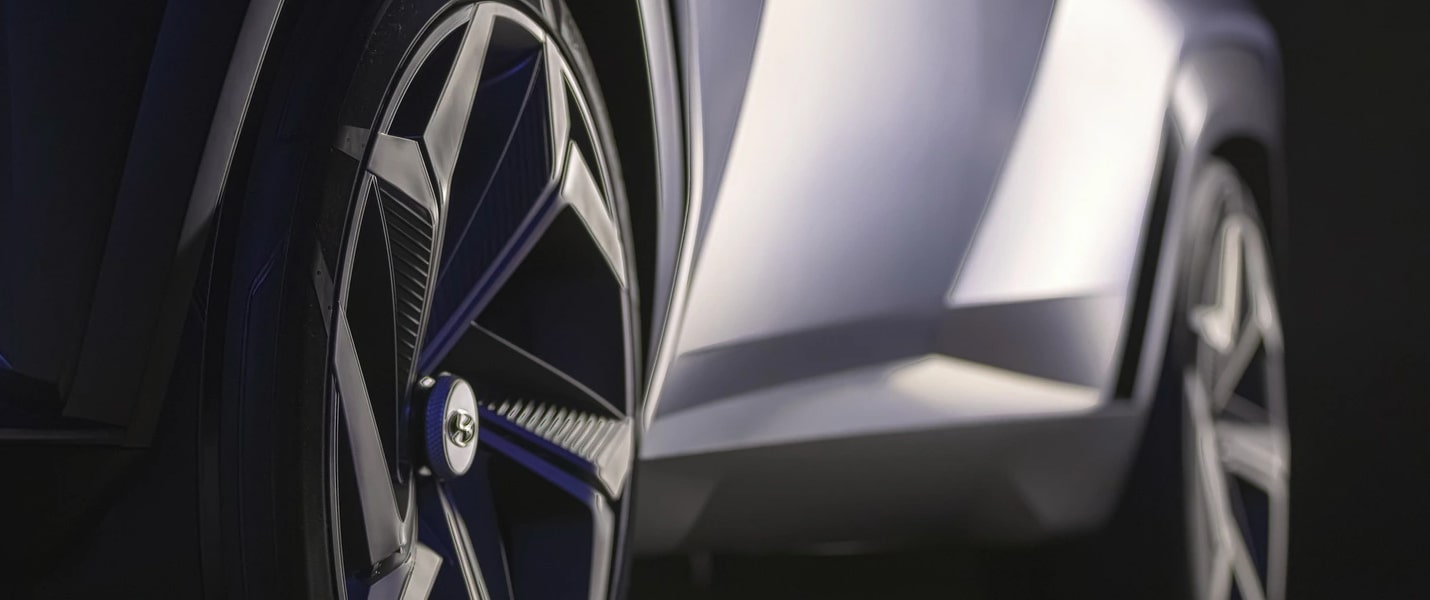
“Wheel Material Race: Aluminum vs Carbon Fiber”
When it comes to wheel materials, aluminum and carbon fiber are two of the most popular choices among cyclists, motorsports enthusiasts, and even in some automotive applications. Each material has its own set of advantages and disadvantages, making them suitable for different purposes and preferences. Let’s delve into a detailed comparison of aluminum and carbon fiber wheels.
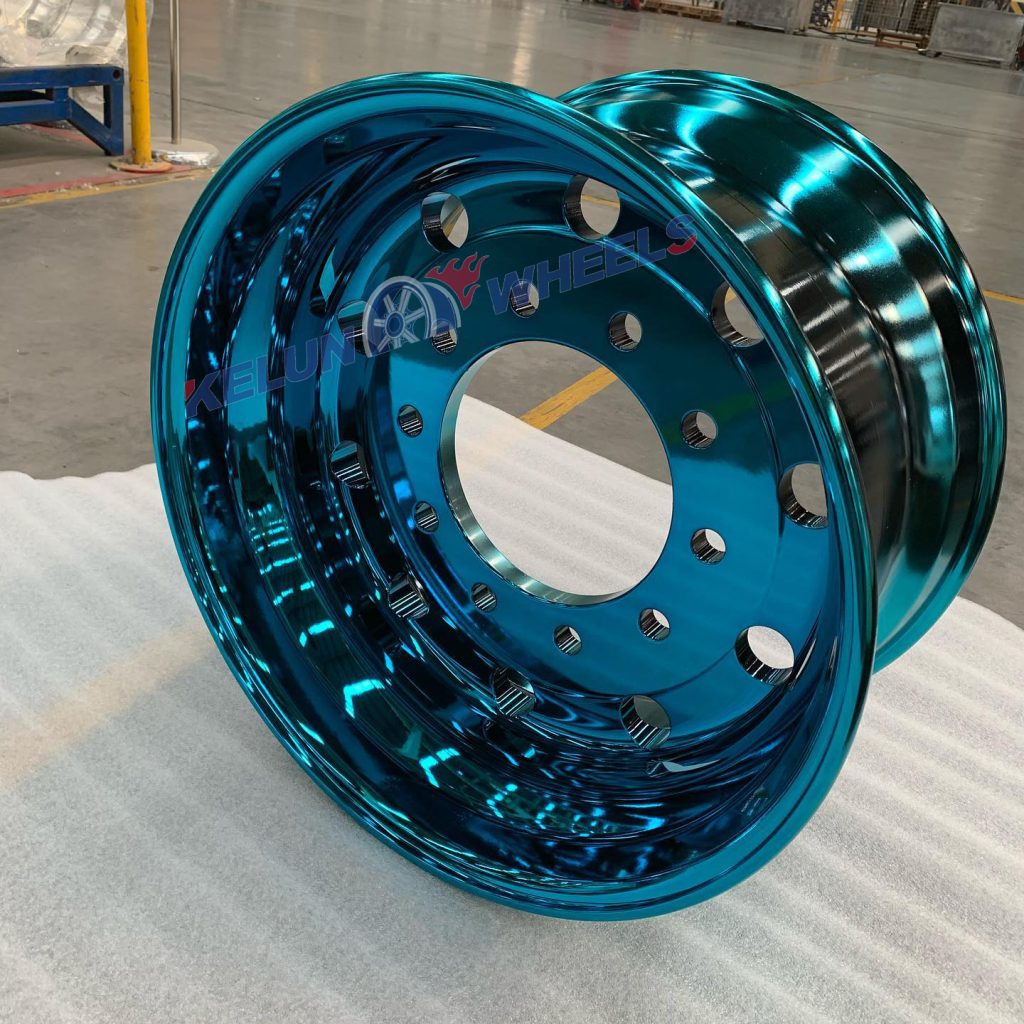
Aluminum Wheels
Advantages:
- Cost-Effective: Aluminum wheels are generally more affordable than carbon fiber wheels, making them accessible to a broader range of users.
- Durability: Aluminum is a robust and durable material that can withstand significant impact and stress without cracking or breaking. It’s less prone to damage from potholes, debris, or minor crashes.
- Weight: While heavier than carbon fiber, modern aluminum alloy wheels have become quite lightweight, offering a good balance between performance and cost.
- Heat Dissipation: Aluminum conducts heat well, which can be advantageous for brake performance as it helps dissipate heat generated during braking.
Disadvantages:
- Weight: Although modern alloys have improved, aluminum is still heavier than carbon fiber, potentially affecting acceleration and overall performance.
- Rigidity: Aluminum is less rigid than carbon fiber, which can result in slight flex under load, affecting precision and responsiveness.
- Corrosion: Aluminum can corrode over time, especially in environments exposed to salt or moisture, requiring maintenance and care to prolong their lifespan.
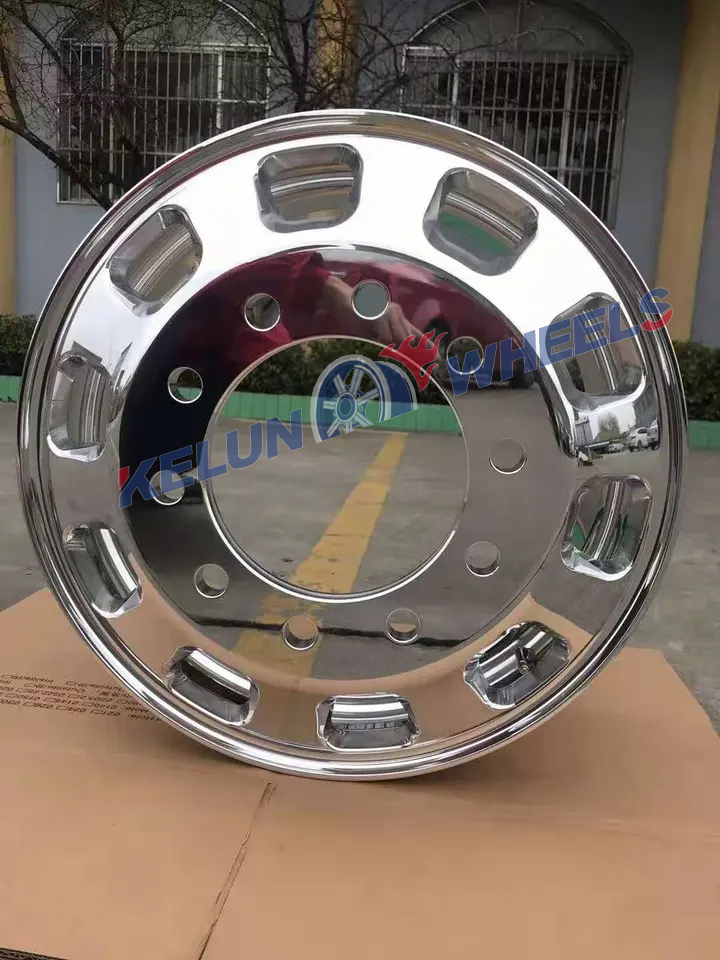
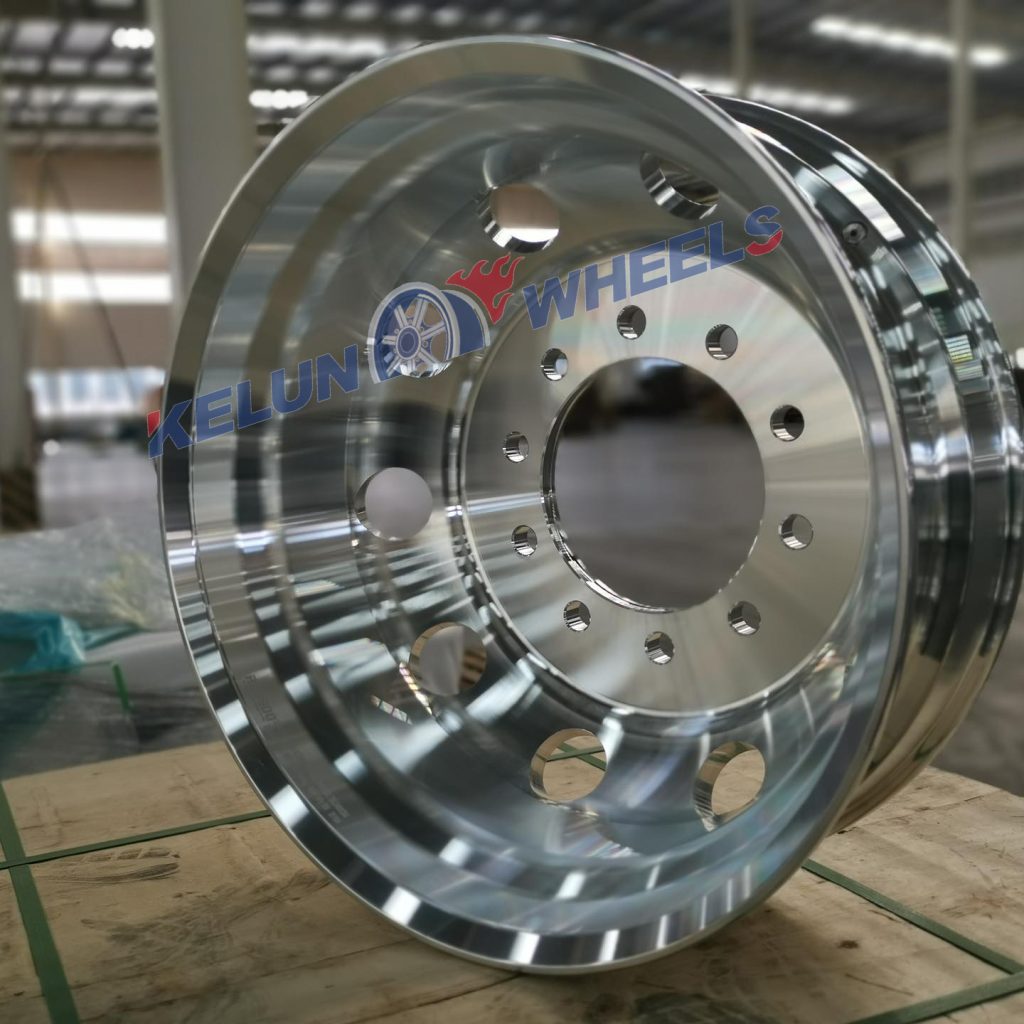
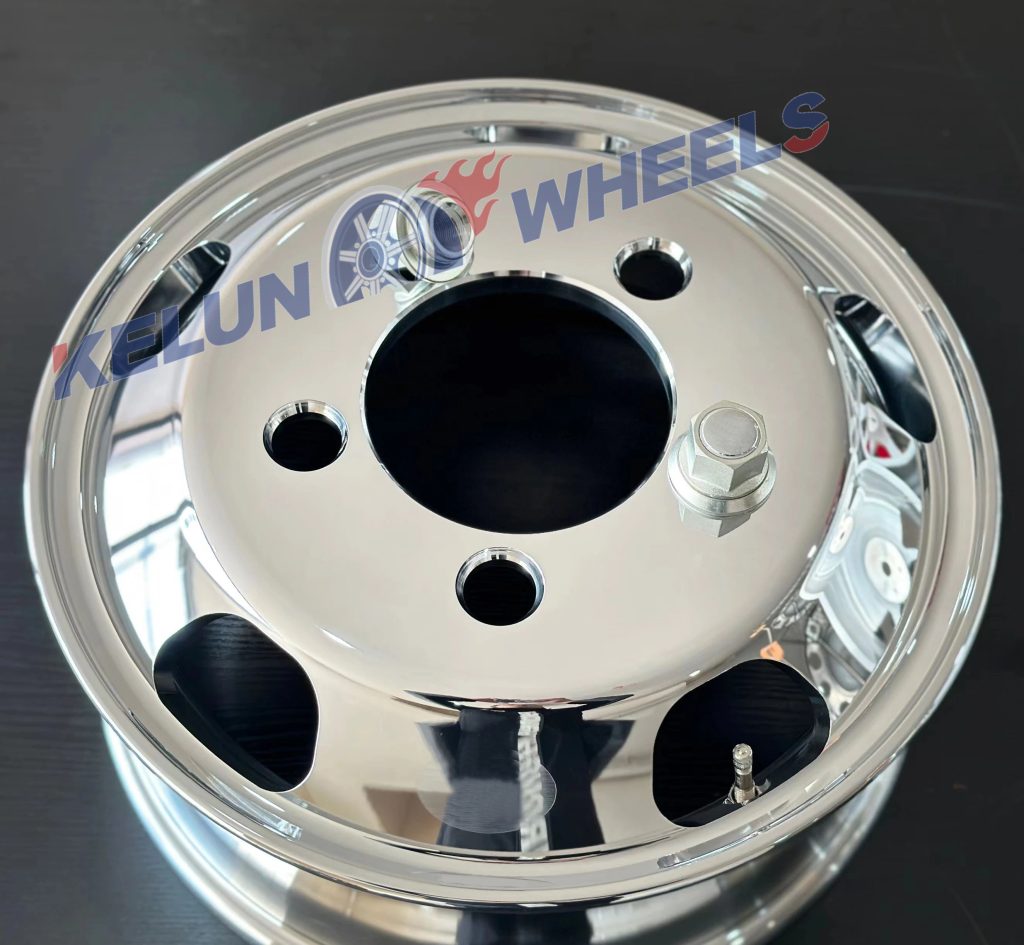
Carbon Fiber Wheels
Advantages:
- Weight: One of the primary benefits of carbon fiber is its extremely low weight, which can significantly enhance performance by reducing rotational mass and improving acceleration.
- Stiffness: Carbon fiber is exceptionally stiff, providing better handling and a more responsive feel. This rigidity translates to improved power transfer and cornering stability.
- Aesthetic Appeal: Carbon fiber has a sleek, high-tech appearance that many find visually appealing. The weave patterns and glossy finish often add to the allure.
- Impact Resistance: High-quality carbon fiber wheels can absorb and distribute impacts better than aluminum, making them less likely to crack upon hitting a pothole or other obstacles.
Disadvantages:
- Cost: Carbon fiber wheels are significantly more expensive than aluminum wheels, both in terms of material and manufacturing costs.
- Durability: While strong, carbon fiber can be more susceptible to damage from sharp impacts or crashes. Repairs can be difficult and costly.
- Thermal Conductivity: Carbon fiber does not conduct heat as well as aluminum, which can affect brake performance by retaining more heat and potentially leading to brake fade.
- Complex Manufacturing: The process of manufacturing carbon fiber wheels is complex and requires precise craftsmanship, adding to the overall expense and sometimes resulting in variability in quality.
Applications and Suitability
- Cycling: For competitive cyclists, the reduced weight and increased stiffness of carbon fiber wheels often outweigh the higher cost, providing a performance edge in races and time trials.
- Motorsports: In motorsports, where performance is paramount, the lightweight and rigid nature of carbon fiber wheels is highly valued despite the higher cost.
- Automotive: Both materials are used in the automotive industry, but the choice often depends on the specific application and budget constraints. High-performance vehicles may opt for carbon fiber for its weight savings, while more cost-conscious models might use aluminum.
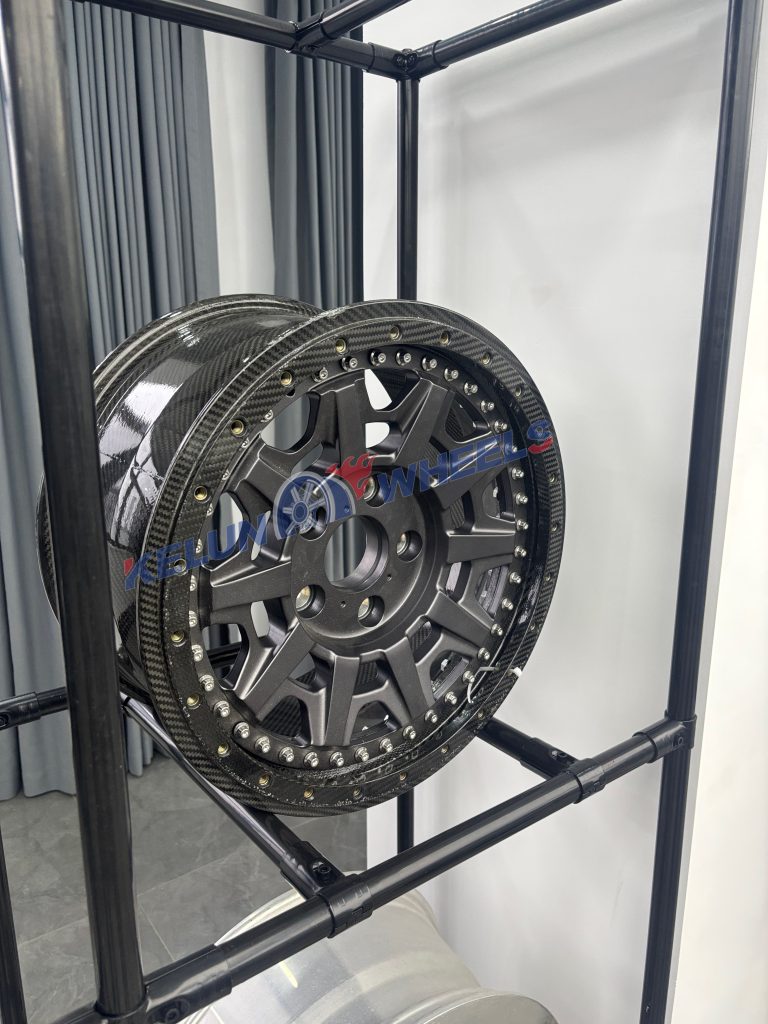
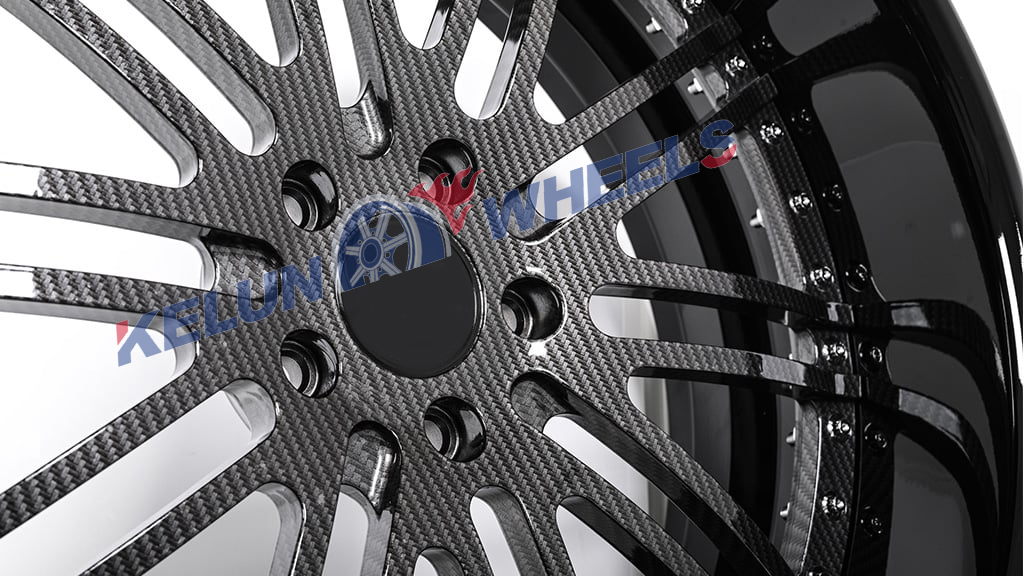
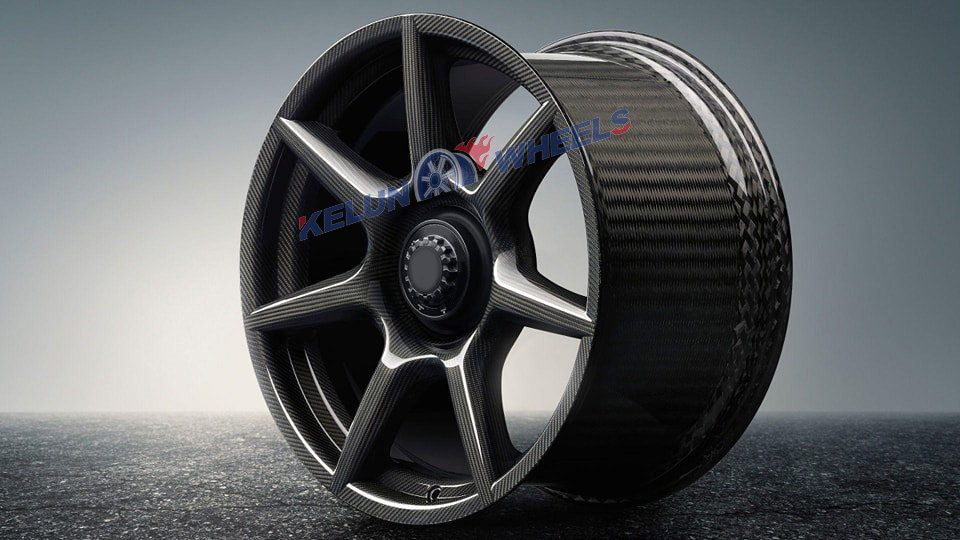
The choice between aluminum and carbon fiber wheels boils down to a trade-off between cost, performance, and durability. Aluminum wheels offer excellent value for money, durability, and sufficient performance for many applications. In contrast, carbon fiber wheels provide superior performance characteristics at a higher cost, making them ideal for those who prioritize weight savings and stiffness, such as professional athletes and high-performance enthusiasts.
Ultimately, the decision should be based on individual needs, budget, and the specific requirements of the activity or application.


